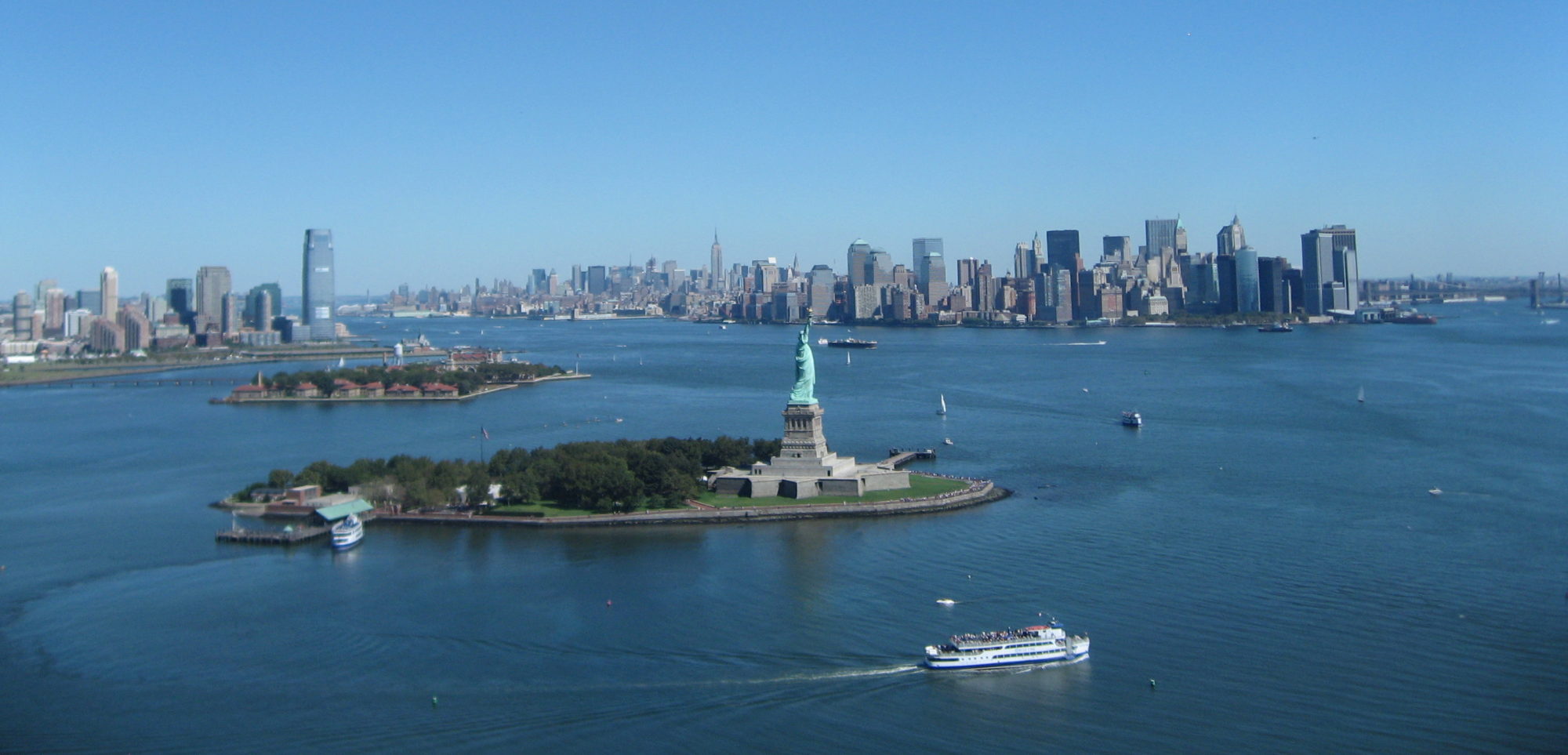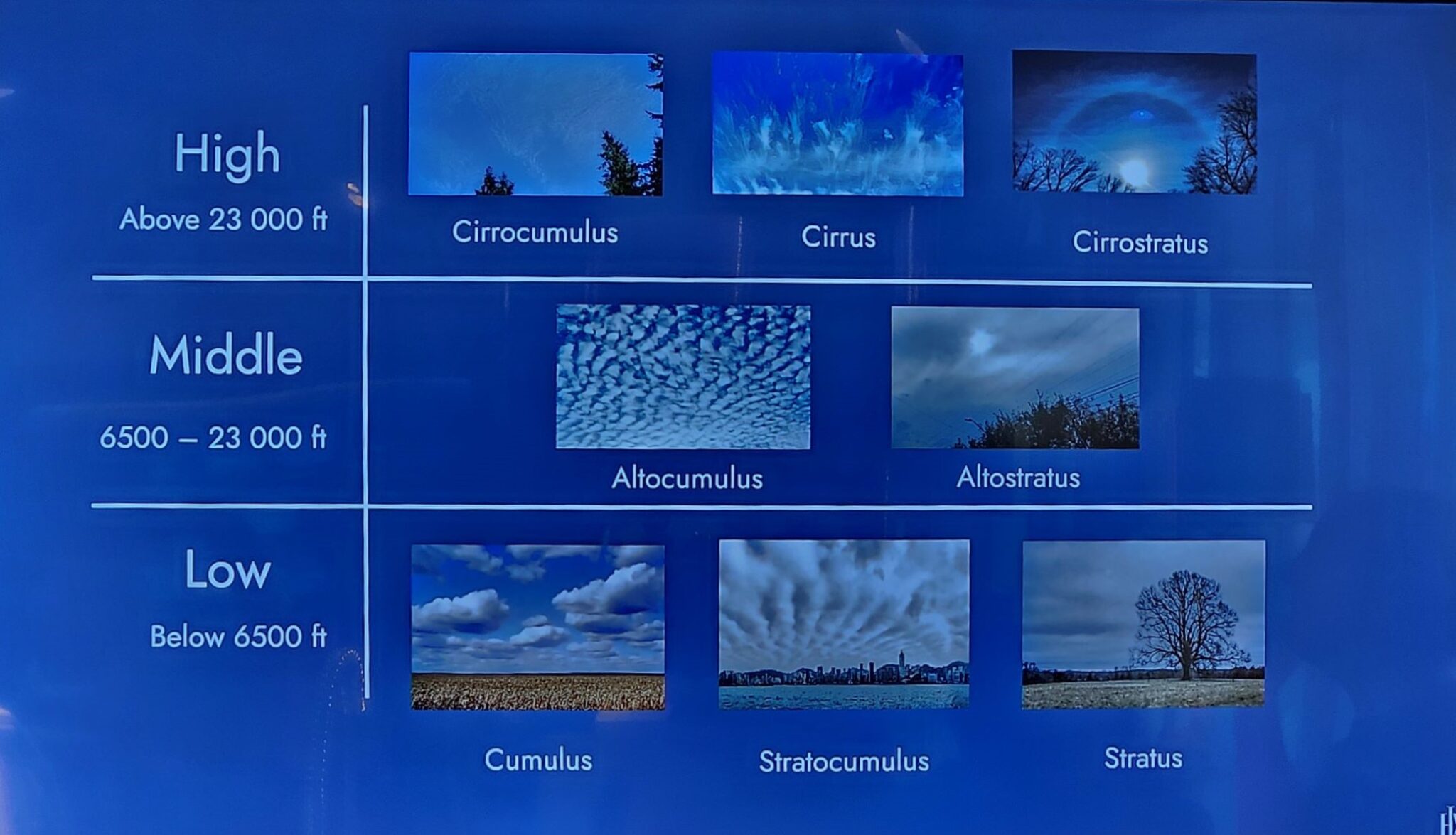25-Aug-24 Beaufort Sea
They say Sunday is a day of rest. Not on this ship it isn’t. Considering the past four days are meant to be at sea at leisure I have no idea where the time has gone. Can assure you I have not been bored one moment. As usual, I’m very time poor.
My day…
Breakfast. Who owns the Arctic? lecture. Walk on deck. Diary. Emails. Mandatory AECO Briefing. Lunch. Oil & Gas in the Arctic lecture. Thermal boots fitting and Logistics Badges Distribution. Lecture on clouds. Walk on deck for fresh air. Look at clouds. Now. That. I. Am. A. Cloud. Expert. Meet blokes on deck. Discuss Formula 1. And how Lewis Hamilton was robbed in Abu Dhabi. And other bloke chat. Wash and brush up. Briefing for tomorrow’s landing on Herschel Island. Dinner. Kindle. Blog. No internet so they’ll have to wait. Jamesons. Large one. Bed.
Don’t think I’m swanning around the globe doing nothing.
Can’t wait to get home and do some paid work for a rest.
So who does own the Arctic?
Depends on UN law, 12 mile territorial limits, 12 mile contiguous zone, 200 mile exclusive economic zones. And the continental shelf. And the extended continental shelf. An interesting read here: https://www.noaa.gov/maritime-zones-and-boundaries
It matters who owns the Arctic because of oil and shipping routes. Main trading route is currently China to Europe via the sea route through the Suez Canal. Which is about 21,200km. But there be pirates. Aarrrghh. And rebels. And other nutjobs. Trying to blow your ship up.
If you go via the Northern Sea Route over the top of the Russian Arctic the route is 13,800km. But that’s icy and only viable during the summer months. Unless you have an icebreaker. Which Russia has plenty of. But they’ll charge you.
The North West Passage is technically in Canadian territorial limits and/or exclusive economic zone. There’s an argument that the NWP should be international waters to allow free trade.
Sail past Prudhoe Bay this morning. It’s where I finished my Antarctica to Alaska trip in June 2019. After 33,000 miles. You can read that story on the blog on this website.
Plenty of alarms and announcements this morning as the crew undertake emergency drills. Plenty of announcements that this is an exercise. And do not man the lifeboats. Just yet.
Followed by a mandatory AECO briefing. The Arctic Expedition Cruise Operators’ guidelines. Basically. Don’t touch. Don’t pick. Don’t upset the locals. Don’t walk into people’s houses. Don’t visit cemeteries. You’re a guest on other people’s land. Etc. Etc. Etc. Common sense basically.
If a polar bear appears. Not to worry. I can run faster than an 80 year old lady. That was a joke lefties. The crew have rifles, bear spray and other scare tactics.
After days of low cloud and fog all pleased to see some blue sky and sun. Albeit fleetingly.
Arctic is derived from the Greek ‘arctus’. Which means bear. Which refers to the constellation and its visibility from the northern hemisphere only.
The Arctic has oil and gas reserves. And for those interested in my Antarctica to Alaska blog, you will see photos of the Trans Alaska pipeline. A 48 inch diameter pipe stretching 800 miles from the Prudhoe Bay oil field to the Gulf of Alaska. Prudhoe Bay has one of the largest oil reserves in North America.
Oil & Gas formed by phytoplankton slowly decaying over hundreds of thousands of years by heat. Crude oil produces gas (such as methane), fluid (such as petrol) and solids (such as bitumen).
Petroleum is derived from the Latin petra meaning rock and oleum meaning oil. The stuff you learn on this blog.
Final lecture of the day is on clouds. Low level clouds below about 6,500ft are Cumulus (derived from Latin meaning heap or pile) and stratus (meaning layers in Latin). Nimbus means dark cloud bearing rain. Other clouds are available. See photos below.
After a short talk on clouds we go out on deck and do some scientific research expressly for NASA. Because the ship is sailing through Arctic waters. NASA’s satellites are looking down on clouds but because of the snow and ice it’s difficult to differentiate between white clouds and white landscape. Which is where we come in. The scientists on board have been provided with NASA’s satellite timings and take photos of the cloud at a similar time as a flypast. So NASA can correlate the downward looking images with the upward looking images we send. Fascinating stuff.
You too can help NASA by downloading the NASA Globe Cloud Observer app on your phone. Dead easy. Doing your bit for science. Link here: https://observer.globe.gov/do-globe-observer/clouds
Whilst on deck might as well do a number of laps and get a leg stretch in. But. Meet a German I’ve been having the odd chat with along with fellow Brit who also been having the odd chat with. So there we are. Like Last of the Summer Wine. On deck. Talking Formula 1. And the fact that fellow Brit is doing the Pole to Pole trip. Spending three months on board sailing from Vancouver to Halifax, Boston, Miami through Panama Canal, down Chilean coast to Antarctica before finishing in Ushuaia in November. Wow. What a trip!
Another excellent dinner. Including Wild Boar pate. And Bison sausages.
And you all know the difference between a buffalo and a bison don’t you?
You can’t wash your hands in a buffalo.
Brummie accent helps with that joke.
Poor. I know.
This blog post is being uploaded on 26-Aug-24 as there was no internet coverage for most of yesterday. Don’t know if this is a sign of things to come so blog posts may become a bit sporadic now.






